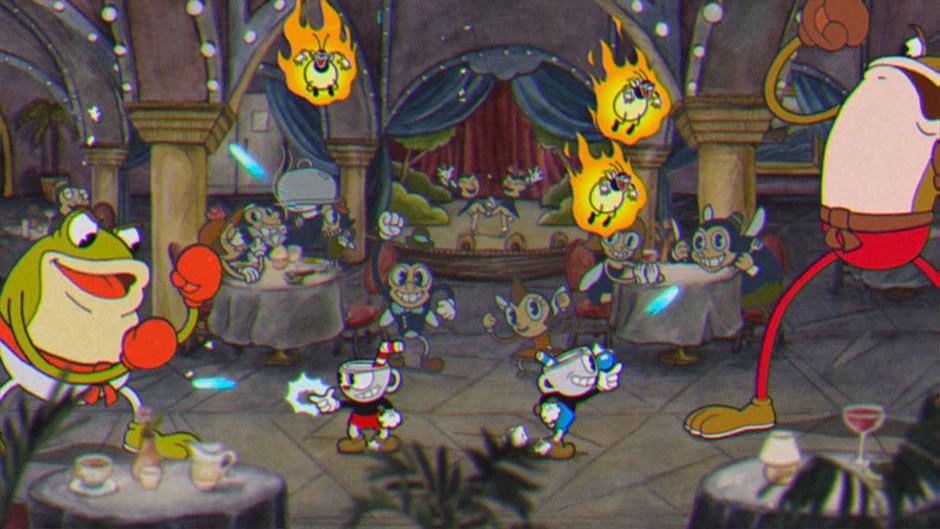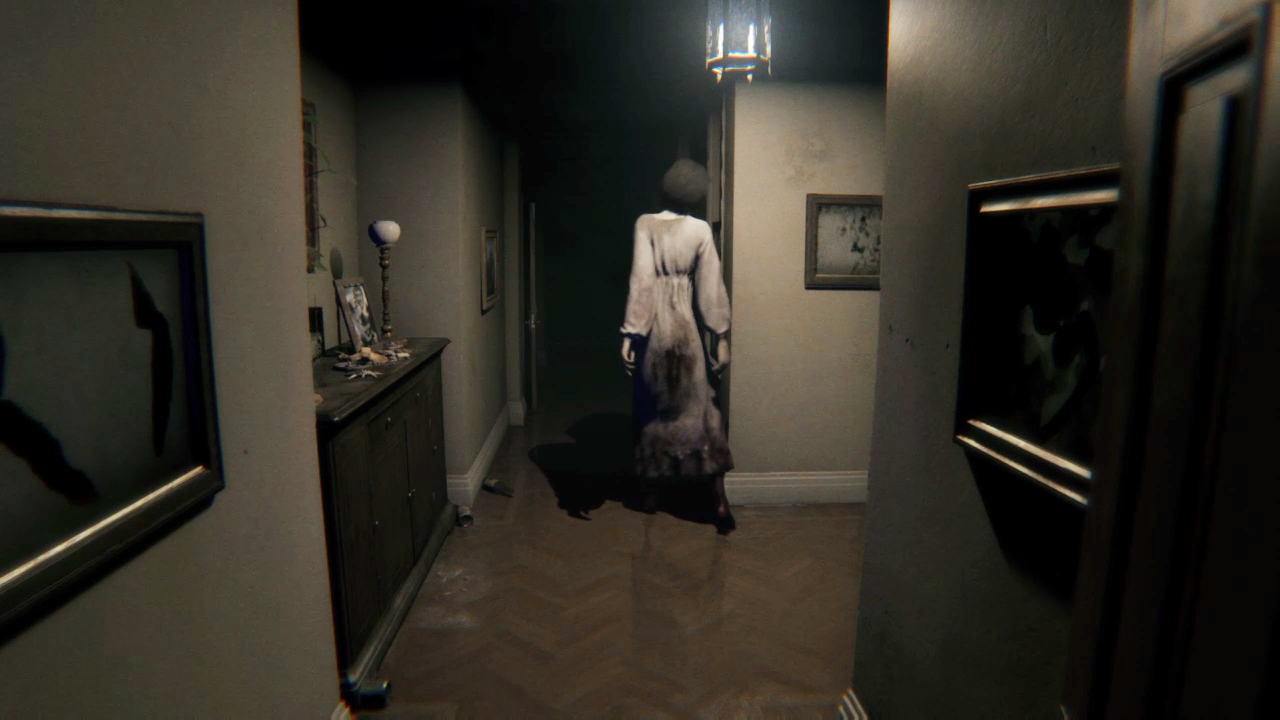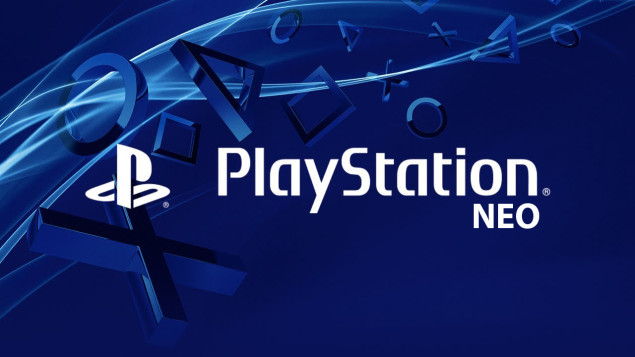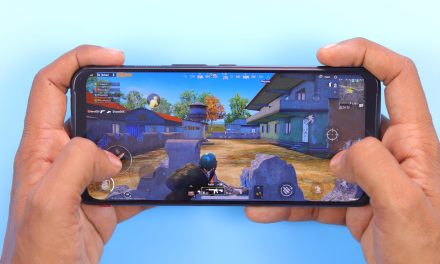For years now, there has been quite the noticeable divide between mass produced ‘corporate’ games, and the smaller, home-grown ‘indie’ games. One thing that can be argued, however, is that both forms of gaming are successful and can even find themselves following the same trends! But at the end of the day, they are practically different markets, with indie gamers becoming more and more popular with lower-budget users and big-time gamers looking for something a little different. Plus, corporate games are following the same audience patterns that they always have in console gamers and newbies. For today, we’ve decided to focus on games created by independent developers and just what they have to offer today’s market. Here are the latest video game trends in indie games!
Player as the Creator
The concept of a player developing and creating the games that they play is hardly new in the indie industry. Recent years have seen the likes of Minecraft and Roblox come out of the industry, where the whole aim of the game is to build and create your own structures, and it is only set to improve even more in the future. Players are empowered by creating their own worlds, and this trend in gaming is already rumoured to be appearing in some releases soon to hit the market. It might not be a new concept in indie gaming, but it certainly isn’t an outdated one either – popularity is still growing, which is proof alone that it’s unlikely this trope will go anywhere but up in the future.
Bitcoin Technology
The indie gaming market is potentially one of the best places for Bitcoin technology, and it’s already starting to pick it up. Cryptocurrencies like bitcoin are digital currencies that don’t have a centralised authority to control them. This decentralised currency could be the future of in-game transactions, all while lowering transaction fees and faster payments no matter where the players are in the world. But outside of the game, online game stores are starting to accept this currency as a method of payment too, providing a more secure and mostly anonymous method of payment for independent games.
A lot of indie games won’t find their way onto the likes of the Microsoft store or the PlayStation Network, and so indie game networks have been set up. Bitcoin gives these networks better control over which games do and don’t get a place simply because the lack of centralised authority means there’s no outside force controlling it. The future of bitcoin is still difficult to predict, but one thing is for sure – Gaming could be the best platform for such a cryptocurrency to thrive.
Spectator Gaming
With around 15% of YouTube’s videos being related to gaming in some way, it’s not difficult to prove that the spectator side of gaming is at an all-time high. This non-interactive form of gaming has been around since the start of YouTube, give or take, and indie game developers and players alike have picked up on this. Popular gamers like PewDiePie have taken on the task of playing indie games to please their viewership, and indie gamers are reacting in kind and creating more games that are possible to enjoy whether you’re playing or watching them. Even mainstream gaming has begun to build single-player games more centred around the concept of spectators enjoying it as much as the player.
Accessibility
There’s no denying that the gaming industry is making moves to become more accessible as a whole, in the way of accessibility of information about the developers you’re buying from. A rise in social media alongside indie games have almost gone hand in hand, with developers using these platforms to be more open about what they can offer and the dilemmas they’re facing. Gamers can check Twitter in the case of a game outage to find out what’s gone wrong, or message a developer on Facebook for answers to their questions. Indie games are even being used to promote corporate games, which is arguably making them more accessible in that sense. Take Silent Hills, for example. A game, P.T, was rumoured to have been created by an independent creator and acted as an interactive, playable trailer to the big game release. Could this be the start of indie games working with corporates to make both industries more accessible to each other?
Better Plot Exploration
Indie gaming has always had an influence on corporate games, simply by encouraging them to develop more intricate plots, and this is a trend that is still plenty alive today. Titles are no longer just focused on the gameplay, and more on the story that you’re actually playing through. The writing and the story development that goes into indie games is almost as much, if not more, than the actual graphics creations themselves. Sure, there are players out there that won’t care much for the storyline, but the balance of story and gameplay is a balance that indie gaming is perfecting. There is plenty of room for improvement, but indie game developers are certainly getting a head start on using that room.
Focus on Design
Design and aesthetic appeal certainly aren’t new either, but if there is one thing that indie gaming is doing best right now, it’s keeping up with the demand for fantastic designs and graphics. While corporate games are coming out with some amazing games with stunning designs, indie gaming tends to be able to do this faster, and in a constantly improving technological world, it is speed that is of the essence. Corporate games often have more resources and budget to spend on ensuring a long-to-play game with an amazing gameplay experience, whether that’s through graphics or storyline, but indie gamers are taking more care in their attention to detail and beautiful designs.
Platform Expansion
We’re going to make an assumption here, and that assumption is that when someone says the words ‘indie gaming’ to you, you’ll probably think of PC games. Right? That’s because indie gaming is helping to bring back more retro styles of gaming – and yes, that includes PC. Indie gamers are far less concerned with creating games to fit the biggest and best consoles, and are more concerned with the gameplay itself through game content and mechanics. This way, independent gamers are making it possible for gamers to play the games they enjoy on a platform that suits them. However, big names are starting to pick up on this, and even Microsoft was rumoured in 2014 to be allowing independent developers to publish their games on Xbox – a feat that became reality this year.
Indie gaming is a constantly growing and developing market and for those of us who are avid gamers, there’s nothing more we love to watch. From keeping up with new releases, to watching as the industry takes on new technologies, there is plenty to keep track of, and we love it. What’s your favourite trend in indie video gaming?










![[Leak] PS5 and PS5 Pro will have discounts of up to €150 this Black Friday](https://vgleaks.com/wp-content/uploads/2025/11/ps5_ps5_pro-150x150.webp)



